After yesterday’s review of the GeForce RTX 4070 Super Founders Edition (and the other so-called MSRP cards without factory OC), today I have one of the cheaper OC cards for you in the form of the Palit GeForce RTX 4070 Super Jetstream OC, which has an RRP of 699 euros. Of course, I’m not going to repeat the whole thing about the AD104-350 from yesterday down to the last detail, as that would be boring. Much more important this time are the differences to the so-called FE and what the customer can (or rather cannot) expect.
Yesterday, NVIDIA launched the RTX 4070 Super as a mid-range card for an RRP of 659 euros, and today there is the logical addition of Palit’s energetic, clocked and more powerful cooling technology. The fact that you can reach the range of the GeForce RTX 4070 Ti Non-Super with the manually achievable 255 watts is pure wishful thinking, but you can already see the rear lights so close that you can almost count the screws on the cover. But more on that in a moment.
precisely because of the important differences to the FE, there are as usual many benchmarks, the comprehensive teardown, a very elaborate board, cooler and material analysis with some reverse engineering, as well as the analysis of the power consumption and the load peaks including a suitable power supply recommendation. As I know that many colleagues will also repeat all the technical details and theory, which have already been presented in various snippets, I’ll save myself the trouble today and just briefly refer to the data already known. After all, you want to see real figures today and not PR fireworks. The specs will follow shortly, of course.
The card tested today carries a chip from week 44 of 2023 in the form of the AD104-350-A1. And yes, it is also a Bin-1 chip, i.e. the slightly better silicon from the many buckets.
The AD 104 and the new Ada architecture
The 294.5 mm² chip of the NVIDIA GeForce RTX 4070 Super is also manufactured in the TSMC 4N process and has the familiar 35.8 billion transistors. The AD104-350 has four graphic processing clusters (GPC) and 56 (instead of 46) new streaming multiprocessors (SM) with 7168 CUDA cores (instead of 5888), whose performance and energy efficiency has increased significantly compared to Ampere. In addition, there are 224 (formerly) 184 4th generation Tensor Cores and Optical Flow, which enables transformative AI technologies, including NVIDIA DLSS and the new frame rate multiplier NVIDIA DLSS 3.
The 56 (instead of 46) 3rd generation RT cores offer up to 2x ray tracing performance, while Shader Execution Reordering (SER) also improves ray tracing operations by a factor of two. In addition, there are a total of 23 Texture Processing Clusters (TPC), 184 Texture Units (TU) and 64 ROPs. The L2 cache has a total size of 48 MB KB and, like the GeForce RTX 4070 Nun-Super, the card uses the familiar 12 GB GDDR6X with 10500 MHz clock rate on a rather narrow 192-bit interface, which corresponds to a data rate of 21 Gbps and a bandwidth of 504 GB/s. The AD104-350 of the GeForce RTX 4070 also offers only one NVDEC (decoder) instead of four and a single NVENC (encoder). The AV1 encoder is said to work up to 40% more efficiently than H.264.
Here is the GPU-Z screenshot in advance, which already reveals the significant increase in the boost clock:
The card still relies on a PCIe Gen. 4 interface and only for the external power connection with the 12VHPWR connector (12 4 pin) on an element of the PCIe Gen. 5 specification. The TGP of the FE is 220 watts, that of the Palit card is 245 watts and, depending on the board partner, can also be increased to up to 255 watts (which is rather pointless because the voltage is limited at some point anyway). Here is the starting point for cards that are not overclocked ex works:
| RTX 4080 Super | RTX 4080 | RTX 4070 Ti Super | RTX 4070 Ti | RTX 4070 Super | RTX 4070 | |
|---|---|---|---|---|---|---|
| GPU | AD103 | AD104 | ||||
| Transistors | 45.9 billion | 35.8 billion | ||||
| The size |
379 mm² | 295 mm² | ||||
| SM | 80 | 76 | 66 | 60 | 56 | 46 |
| FP32-ALUs | 10.240 | 9.728 | 8.448 | 7.680 | 7.168 | 5.888 |
| RT Cores | 80, 3rd Gen | 76, 3rd Gen | 66, 3rd Gen | 60, 3rd Gen | 56, 3rd Gen | 46, 3rd Gen |
| Tensor Cores | 320, 4th Gen | 304, 4th Gen | 264, 4th Gen | 240, 4th Gen | 224, 4th Gen | 184, 4th Gen |
| Base Clock | tbc | 2.210 MHz | tbc | 2.310 MHz | 1.980 MHz | 1.920 MHz |
| Boost Clock | tbc | 2.510 MHz | tbc | 2.610 MHz | 2.475 MHz | 2.475 MHz |
| FP32-Perf | 52 TFLOPS | 48.8 TFLOPS | 44 TFLOPS | 40.1 TFLOPS | 35 TFLOPS | 29.1 TFLOPS |
| L2 cache | 64 MB | 48 MB | 32 MB | |||
| Memory | 16 GB GDDR6X | 12 GB GDDR6X | ||||
| Throughput | 23 Gbps | 22.4 Gbps | 21 Gbps | |||
| Interface | 256 bit | 192 bits | ||||
| Bandwidth | 736 GB/s | 717 GB/s | 672 GB/s | 504 GB/s | ||
| Video engine | 2 × NVENC (8th Gen) 1 × NVDEC (5th Gen) |
1 × NVENC (8th Gen) 1 × NVDEC (5th Gen) |
||||
| TDP | 320 watts | 285 watts | 220 watts | 200 watts | ||
| RRP (DE) | 1.109 Euro | 1.329 Euro | 889 Euro | 899 Euro | 659 Euro | 659 Euro |
The Palit GeForce RTX 4070 Super Jetstream OC 12GB in detail
The card weighs an impressive 1441 grams, almost 420 grams more than the RTX 4070 Super FE. The length of 33 cm is no mean feat and the height of 12 cm is slightly above normal. You’ll need a large case, especially as you also have to use the great 12VHPWR adapter, which only requires 2x 6 2-pin PCIe outputs. The installation depth is 5.5 cm plus the 5 mm for the backplate attachment on the rear. This definitely makes it one of the very large cards. The entire cover is made of black ABS, ARGB is not available for cost reasons.
The design is familiar and the design language of the fan, cover and slot bracket is not new either. The card uses a single BIOS and if you want to overclock, you have to use a suitable tool. The feel is average and the look is rather plain, so the cards may not have collector’s value, but they are the slightly cheaper representatives of this class. If you are really curious, read the material analysis.
You can not only plug power into the card, but also video connections. There are four of them, to be precise: three DisplayPort 1.4a and one HDMI 2.1a. This is a shame, especially for DisplayPort, when it comes to the new specifications. A missed opportunity, unfortunately. And with HDMI, you have to play around with the compression from 4K onwards if you want to go above 120 Hz.
That’s this first page done and we’re slowly getting ready for the test.
- 1 - Intro, technical Data and Unboxing
- 2 - Test System and Equipment
- 3 - Teardown: PCB, Components and Cooler
- 4 - Material Analysis
- 5 - Gaming Performance FHD (1920 x 1080)
- 6 - Gaming-Performance WQHD (2560 x 1440)
- 7 - Gaming Performance Ultra-HD (3840 x 2160)
- 8 - Power Consumption and Load Balancing
- 9 - Transients and PSU Recommendation
- 10 - Clock Rate, Temperatures and Infrared Analysis
- 11 - Fan Curves and Noise
- 12 - Summary and Conclusion














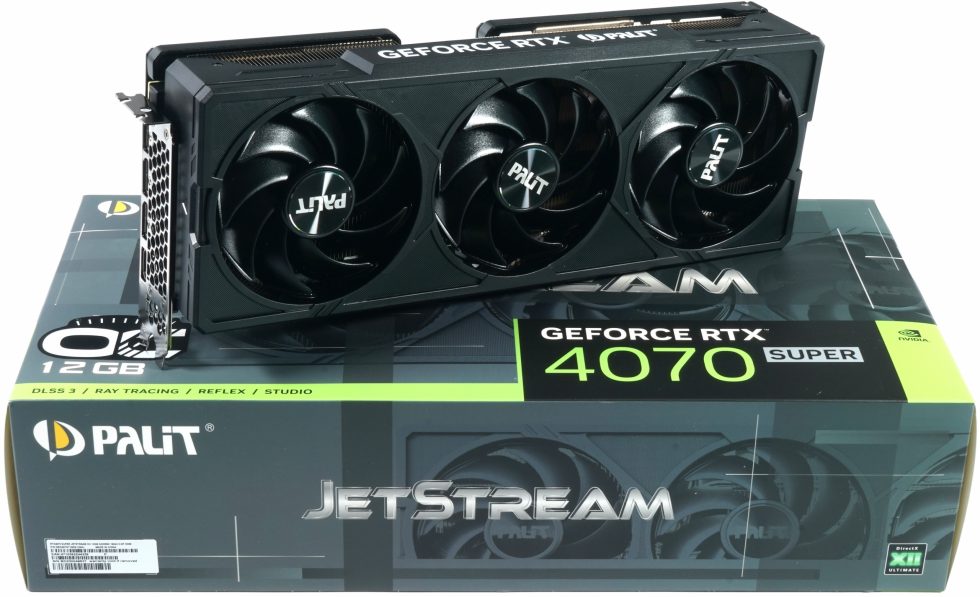
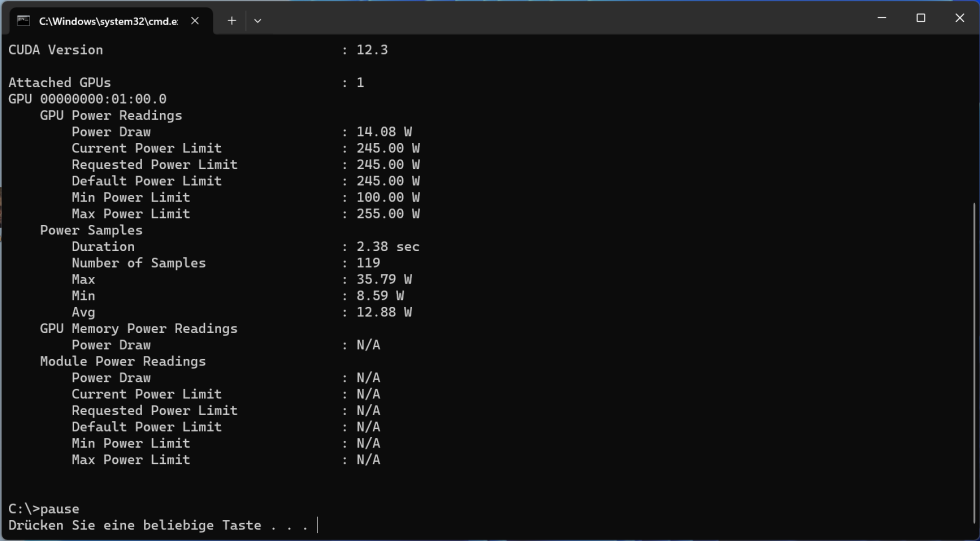
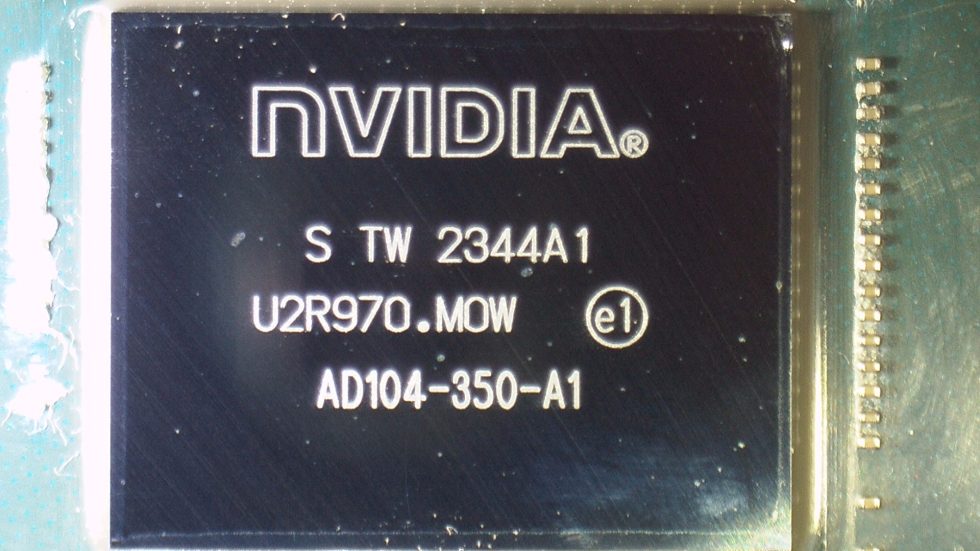
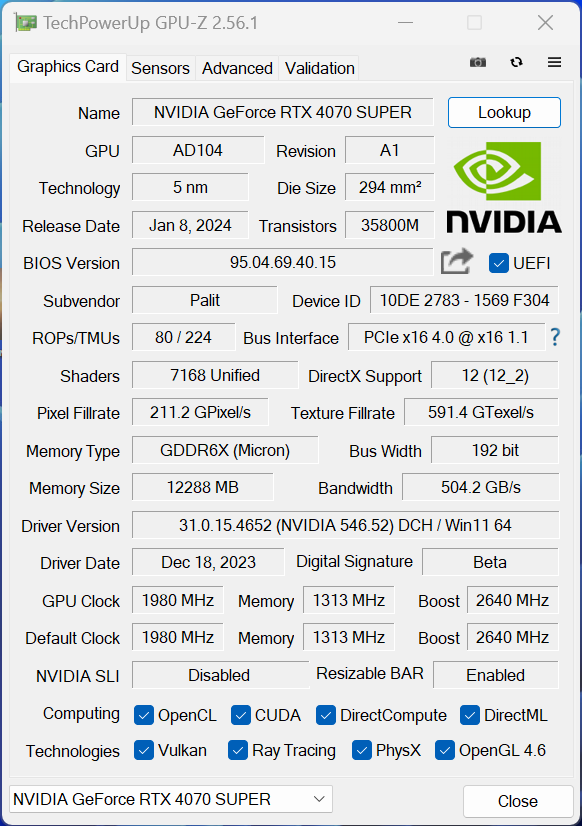
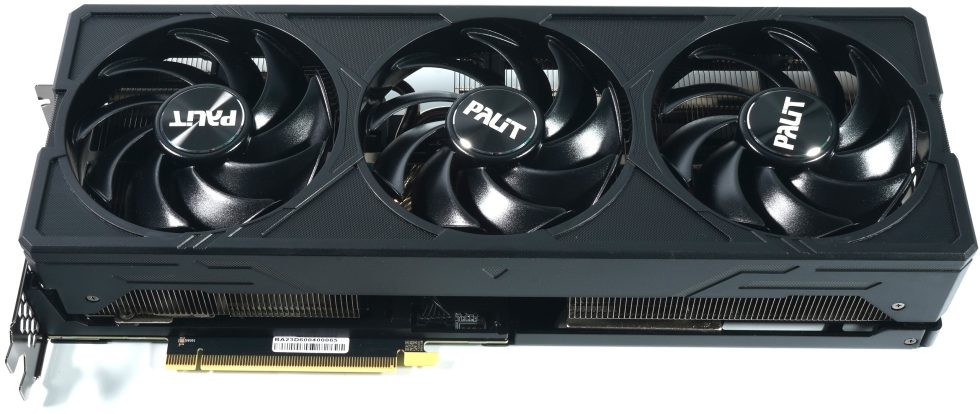
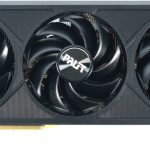
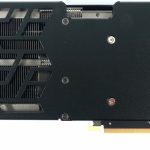
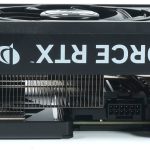
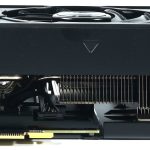

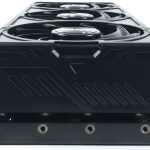
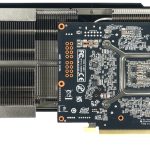
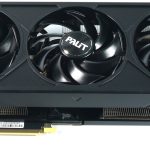
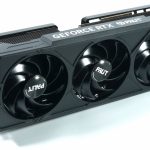
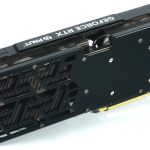
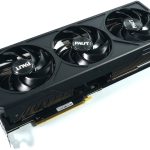
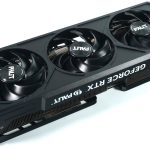
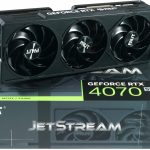
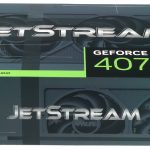
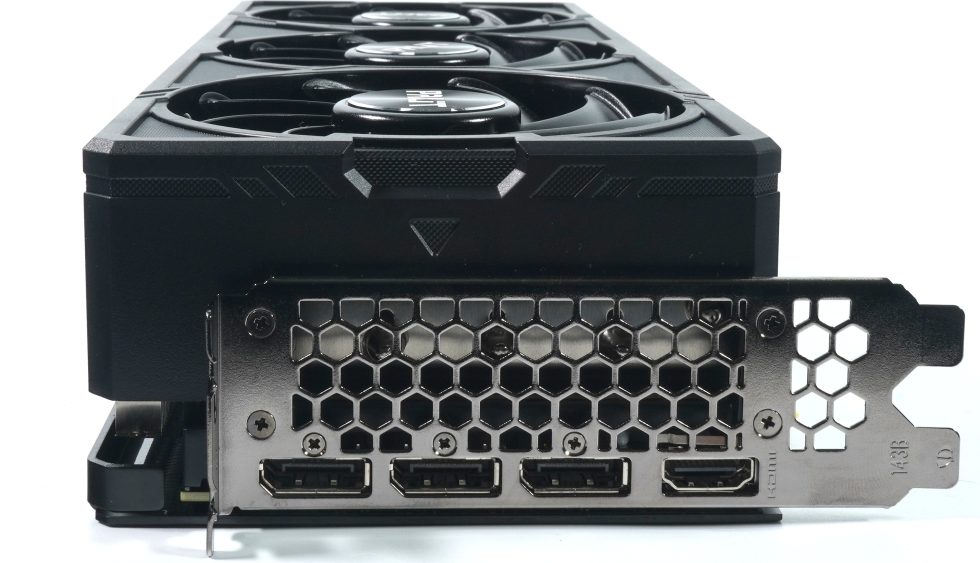






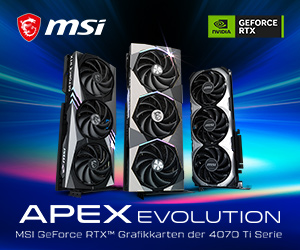
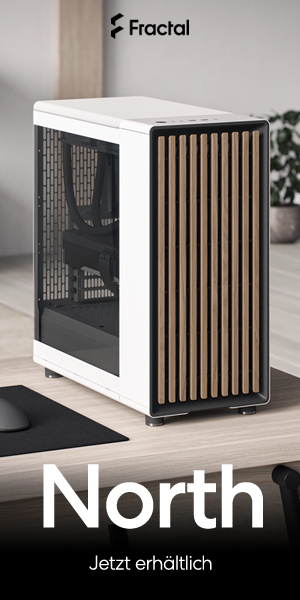





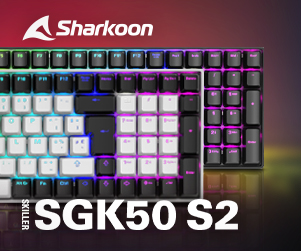

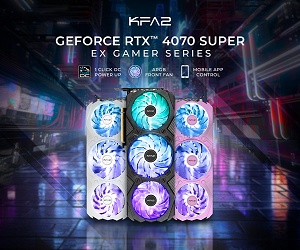


135 Antworten
Kommentar
Lade neue Kommentare
Urgestein
Veteran
Veteran
Urgestein
Mitglied
Veteran
Urgestein
Urgestein
Urgestein
1
Veteran
Urgestein
1
Mitglied
Urgestein
Mitglied
Urgestein
Urgestein
Alle Kommentare lesen unter igor´sLAB Community →